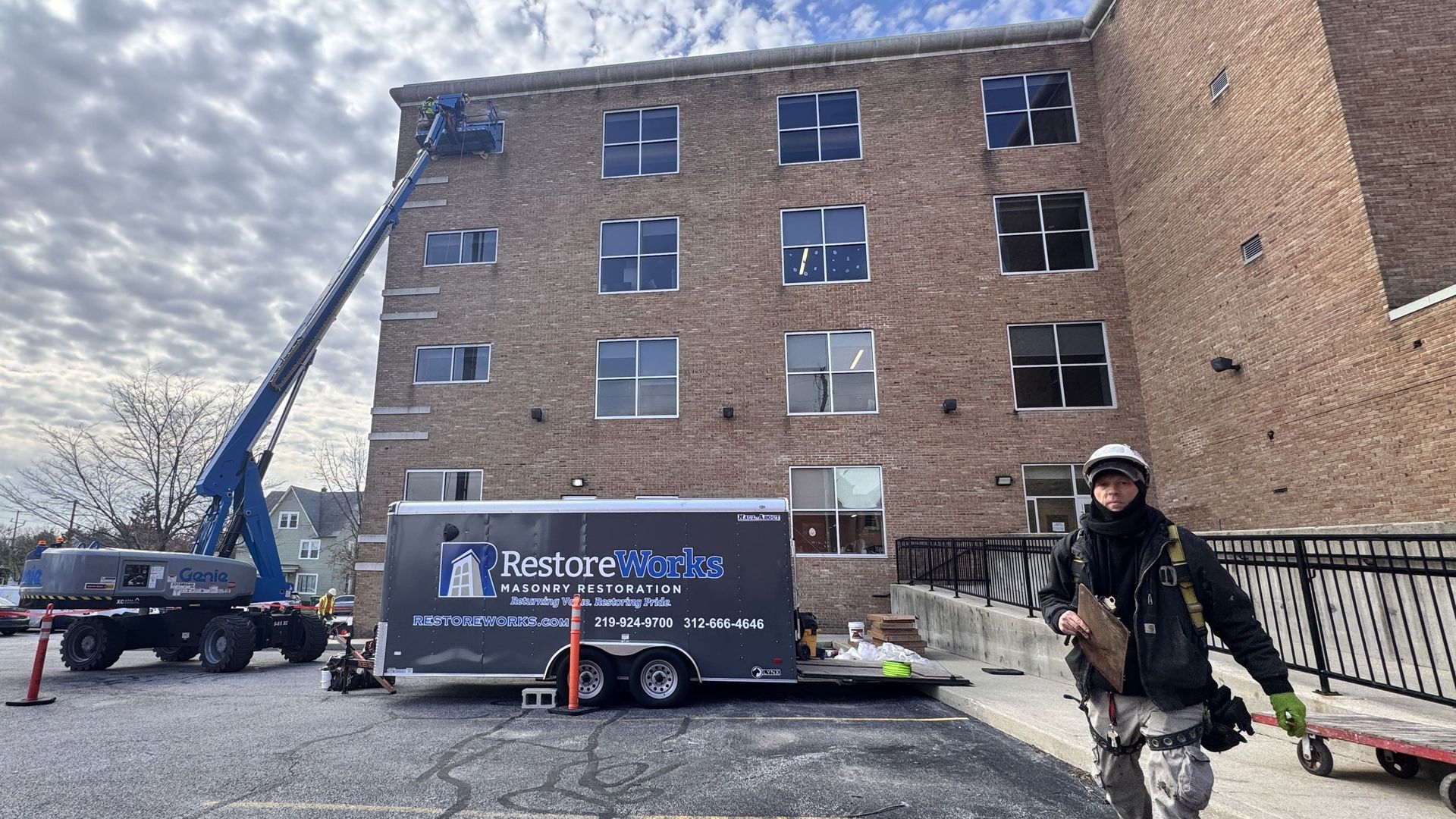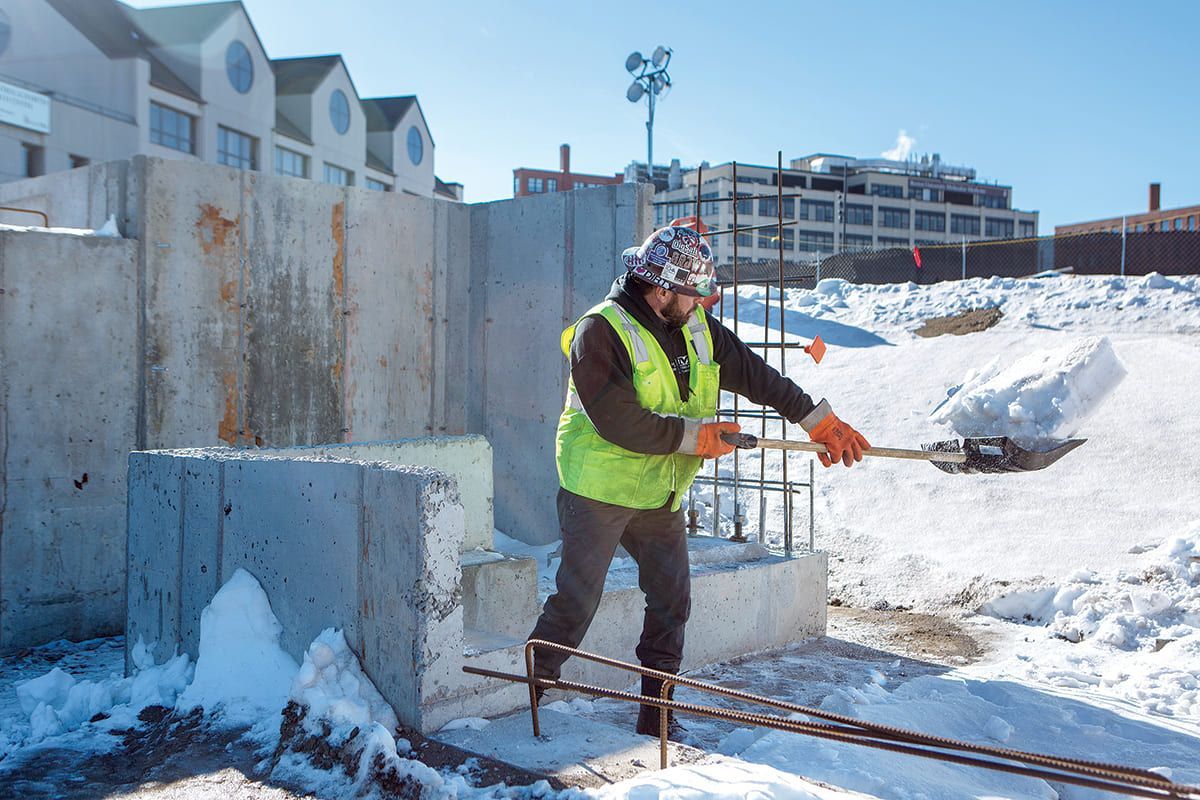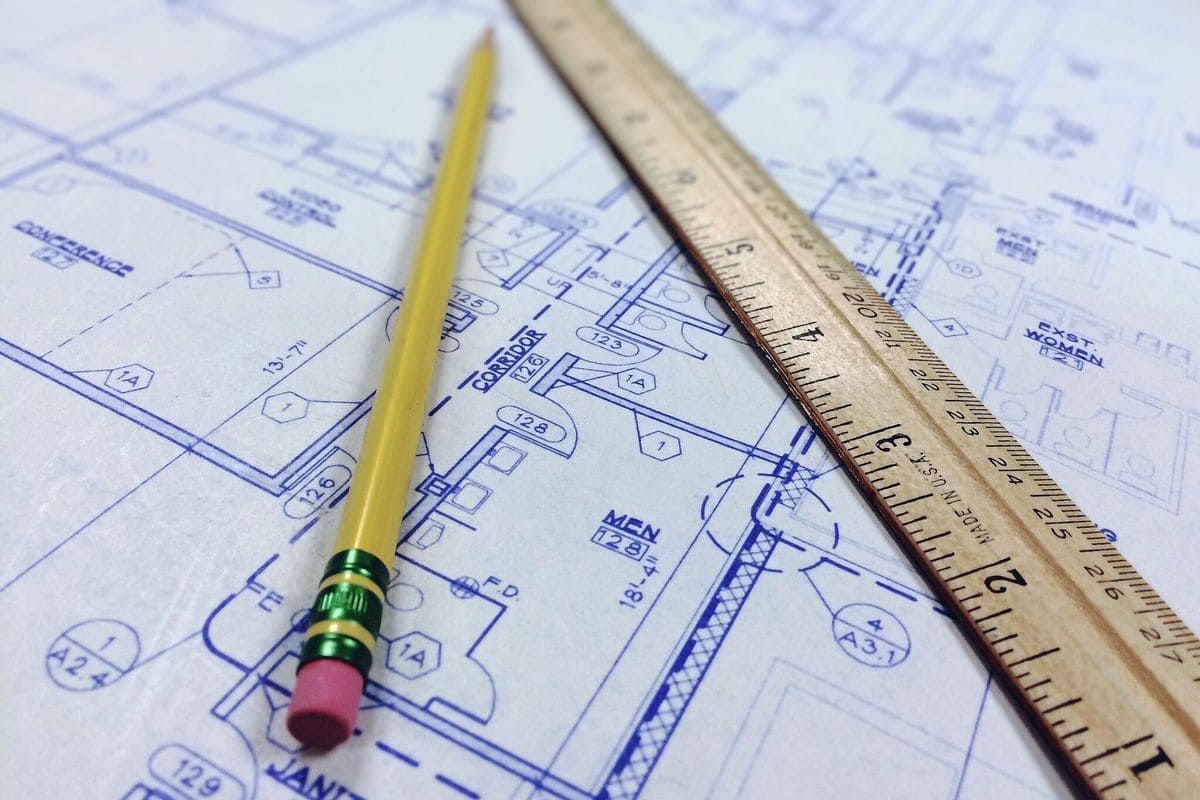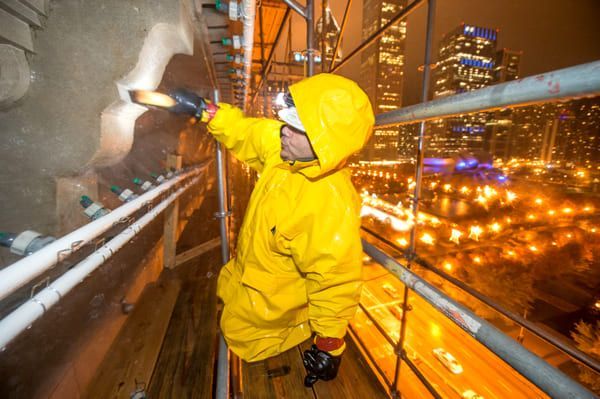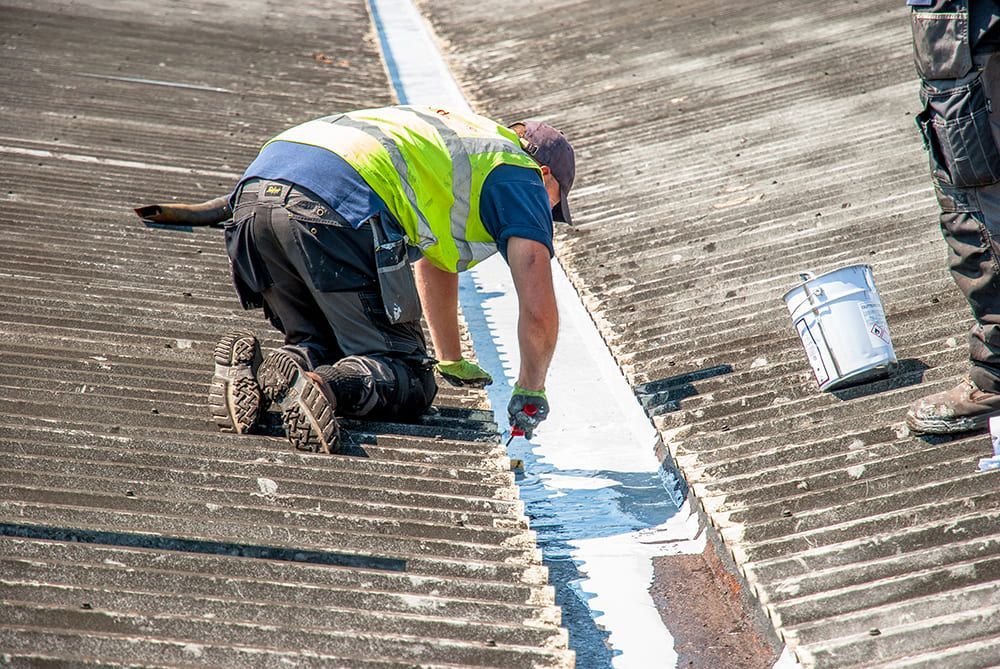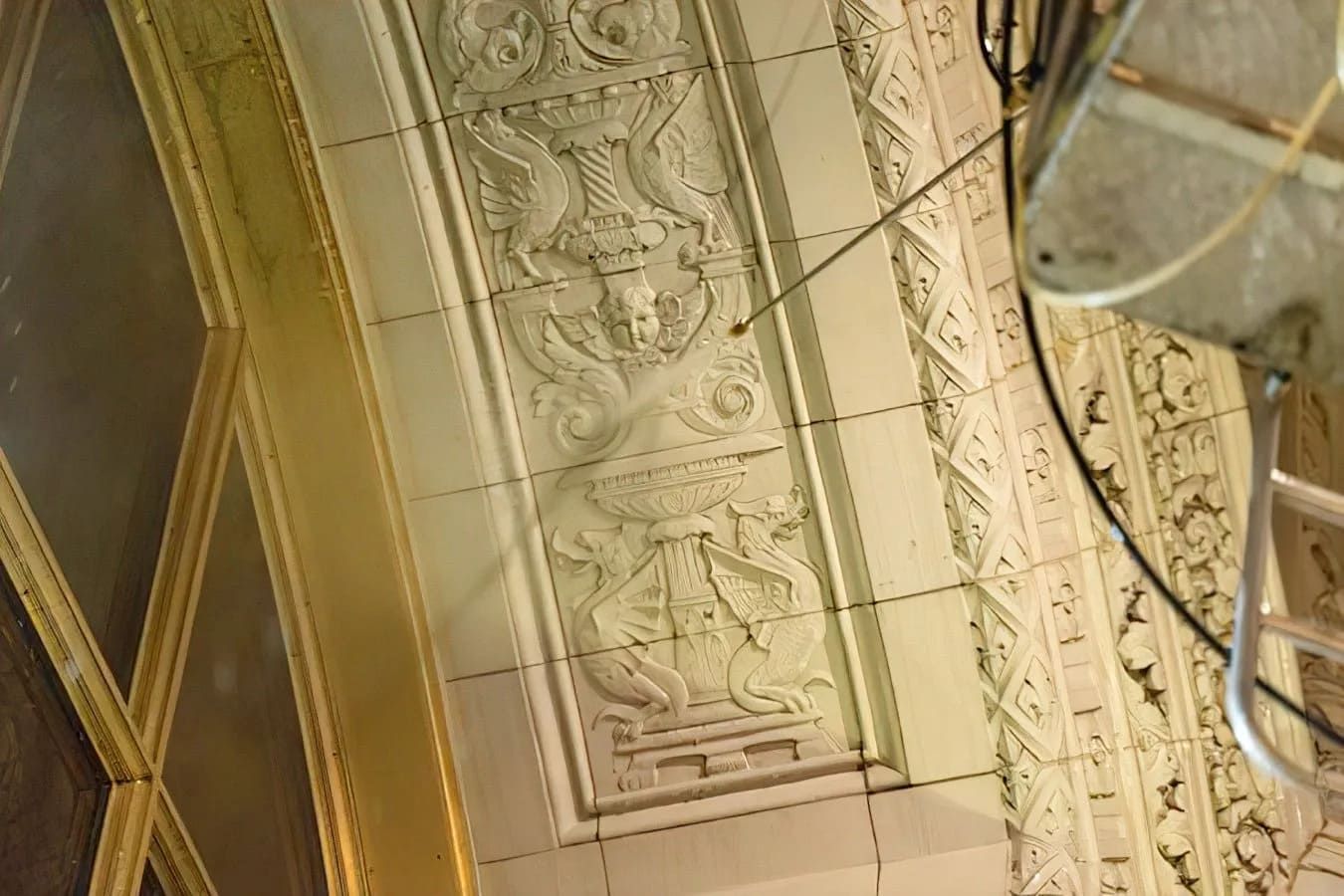For many property and facility managers, scheduling commercial masonry restoration work feels like a necessary disruption. Whether it’s addressing deteriorating concrete balconies, failed lintels, or crumbling brickwork, the work needs to get done. But it doesn’t have to bring your building operations to a halt.
At RestoreWorks, we understand that time is money. That’s why planning restoration work with minimal impact to tenants, occupants, and ongoing operations is just as important as the restoration itself.
Here’s how to effectively manage restoration work on occupied commercial buildings (without frustrating your tenants or falling behind on your project timeline).
1. Start with a Thorough Site Assessment and Communication Plan
Minimizing disruption starts well before anyone sets up a scaffold.
- Conduct a detailed site review with your restoration partner to evaluate access points, noise-sensitive zones, and high-traffic tenant areas.
- Involve key stakeholders early. Your engineering consultant, restoration contractor, and tenant representatives should be part of the same conversation.
- Share a high-level communication plan that outlines what type of work is happening where and when.
Tip: Create a single-page visual schedule for your tenants. Clear, visual communication cuts down on emails, confusion, and complaints.
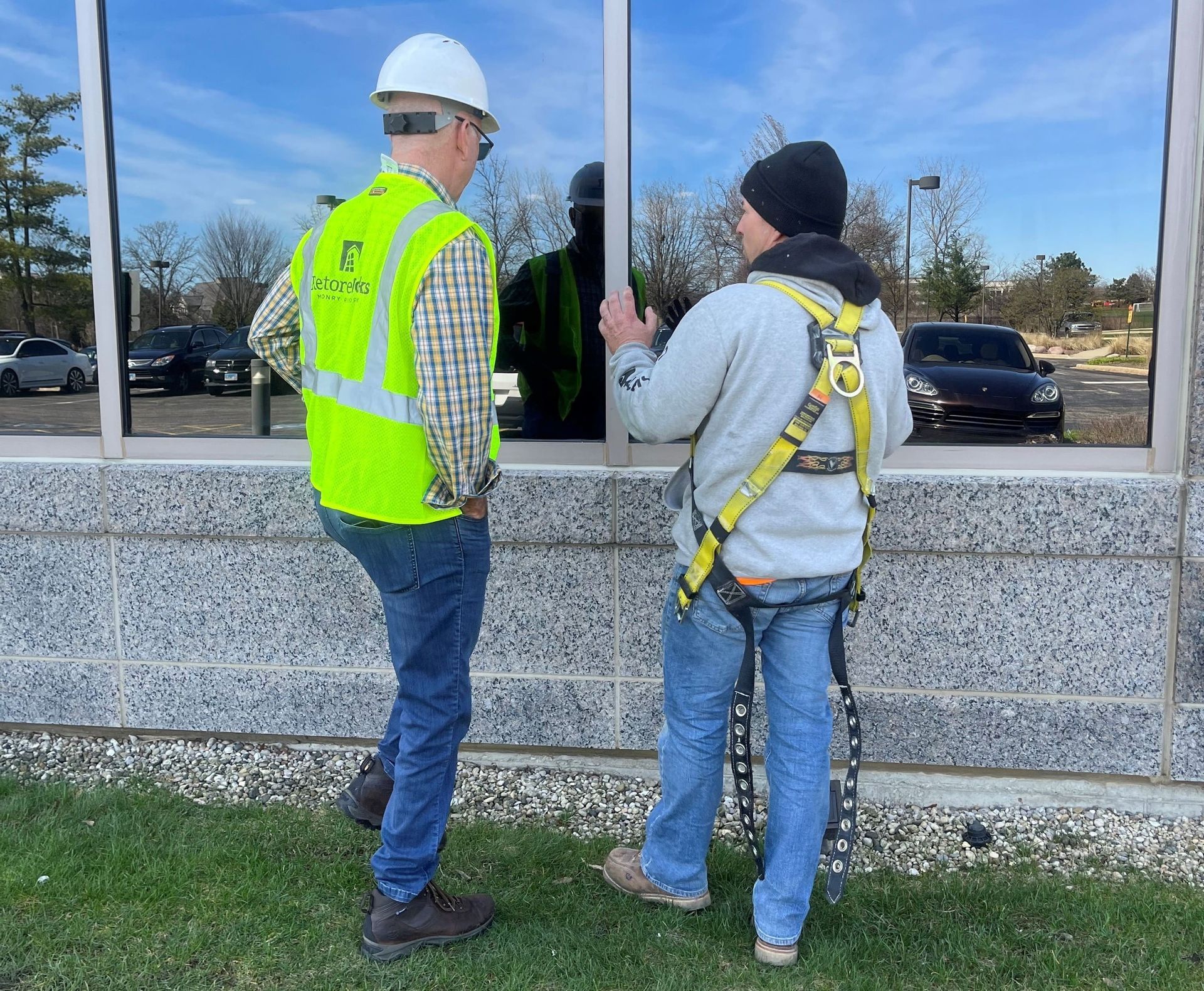
2. Prioritize Restoration in Phases
Attempting to restore an entire building at once can overwhelm tenants and increase risk. Instead, break the project into manageable zones.
Benefits of phased restoration:
- Maintains access to main entrances and loading docks.
- Limits noise and dust to one section at a time.
- Allows your facilities team to maintain core operations.
Phasing is especially useful during concrete balcony restoration or masonry lintel repair, where exterior work may directly impact interior use.
3. Off-Hour and Seasonal Scheduling Makes a Difference
We’ve found that shifting work hours (when allowed by city ordinance) can greatly reduce disruption. For example:
- Noisy demolition tasks early in the morning before office hours.
- Swing-stage work scheduled around key tenant meeting times.
For schools and campuses, summer break is prime time for restorative masonry cleaning or commercial concrete facade repair. Similarly, health care facilities may benefit from overnight work on less intrusive tasks.
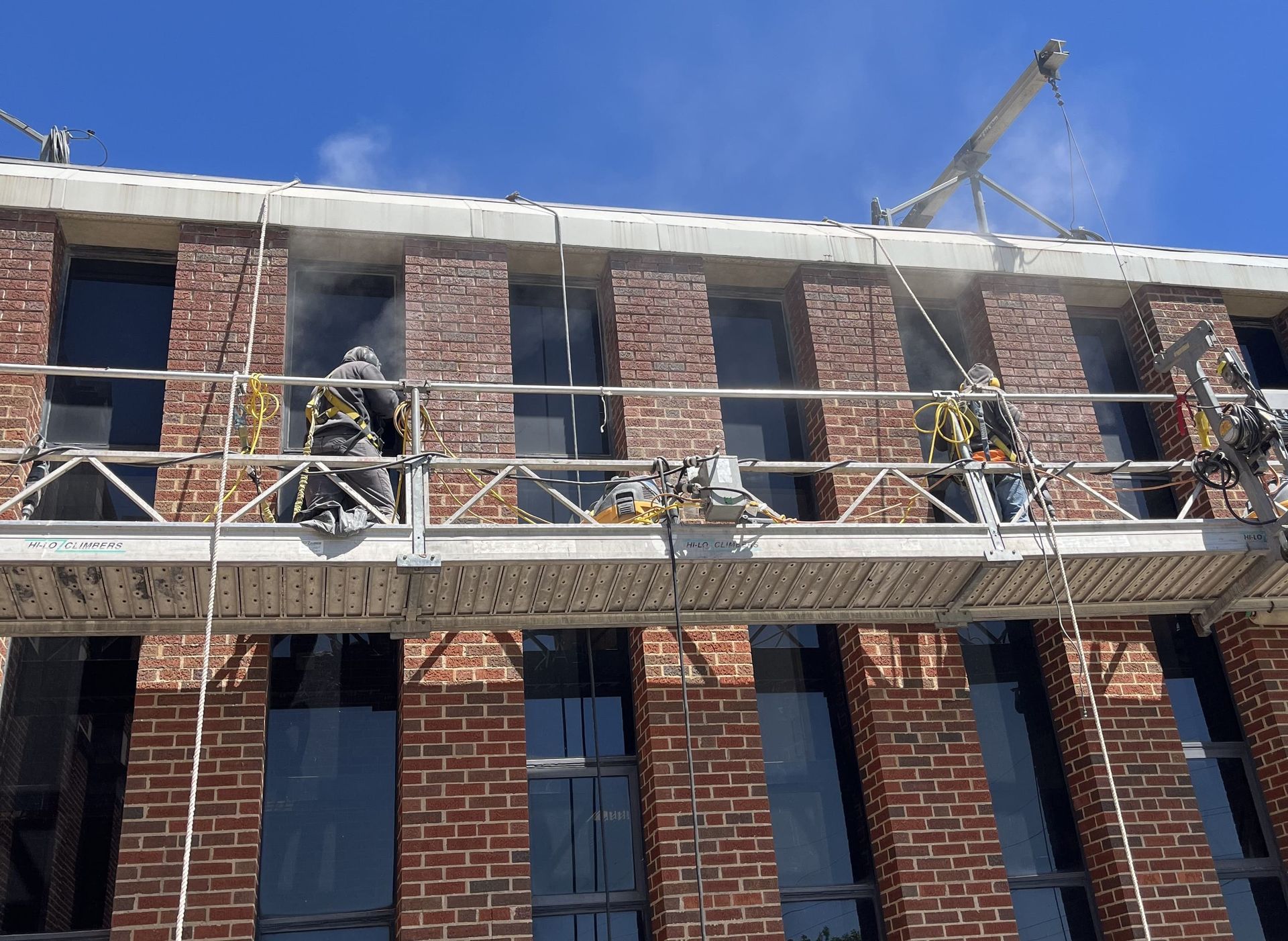
4. Use the Right Access Methods for the Job
Selecting the correct access system can reduce the physical footprint on your property. In tight urban locations or near public walkways, we may recommend:
- Swing stages or mast climbers instead of full scaffolding.
- Drop zones that shift weekly, rather than a full perimeter closure.
- Carefully managed dumpster and delivery locations to keep tenant operations flowing.
At Navy Pier, for example, our team worked across multiple high-traffic areas, including the Headhouse, Festival Hall, and Crystal Garden, while events and daily operations continued uninterrupted. Strategic phasing, precise access planning, and close coordination with the Pier’s management team allowed us to restore the structure’s envelope without disrupting its public use or iconic appearance.
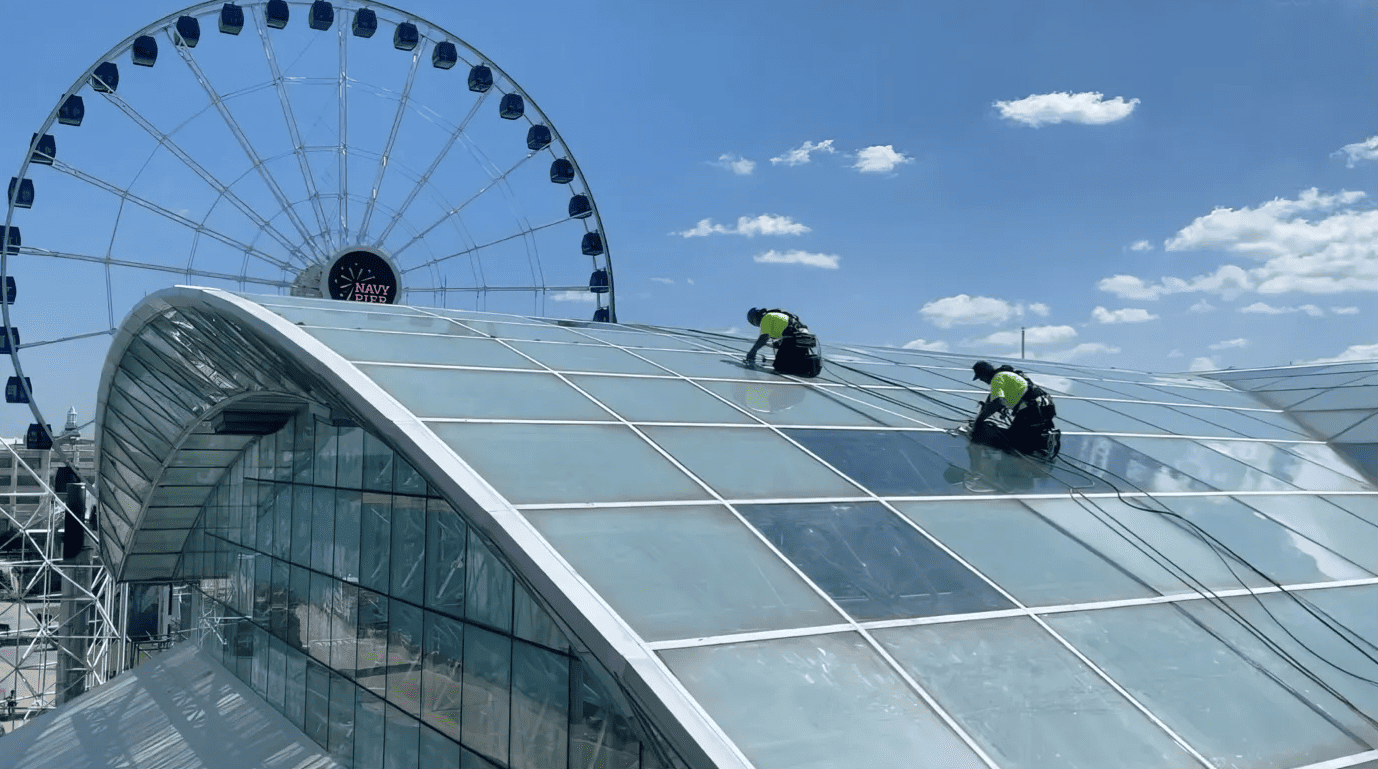
5. Expect and Plan for Noise, Dust, and Vibration
6. Maintain Safety and Access for Occupants
Masonry restoration creates unavoidable impacts, but proactive planning helps mitigate them:
- Negative air machines and dust containment for interior-adjacent repairs.
- Scheduled notifications for tenants ahead of noisy work (grinding, chipping).
- Vibration monitoring for sensitive equipment or historic structures.
As highlighted by the Restoration Industry Association (RIA), clear and consistent communication is often what separates a smooth project from a chaotic one. In one case, United Services held a town hall meeting with residents and local officials to address concerns during a fire restoration project involving asbestos. This turned a high-stress situation into a coordinated, transparent process that ultimately built trust and led to additional work.
6. Maintain Safety and Access for Occupants
At RestoreWorks, our crews are trained to work safely around active buildings. That includes maintaining:
- Clearly marked walkways and temporary overhead protection.
- Proper signage for detours, entrances, and loading areas.
- Daily site housekeeping to limit disruption in shared spaces.
A great example of this approach is our work at Churchview Supportive Living on Chicago’s southwest side. To minimize disruption for residents (many of whom are older adults), we completed all masonry restoration from the building’s exterior. A sidewalk canopy provided safe, unobstructed access while work progressed above, making sure tenants could go about their routines without interruption.
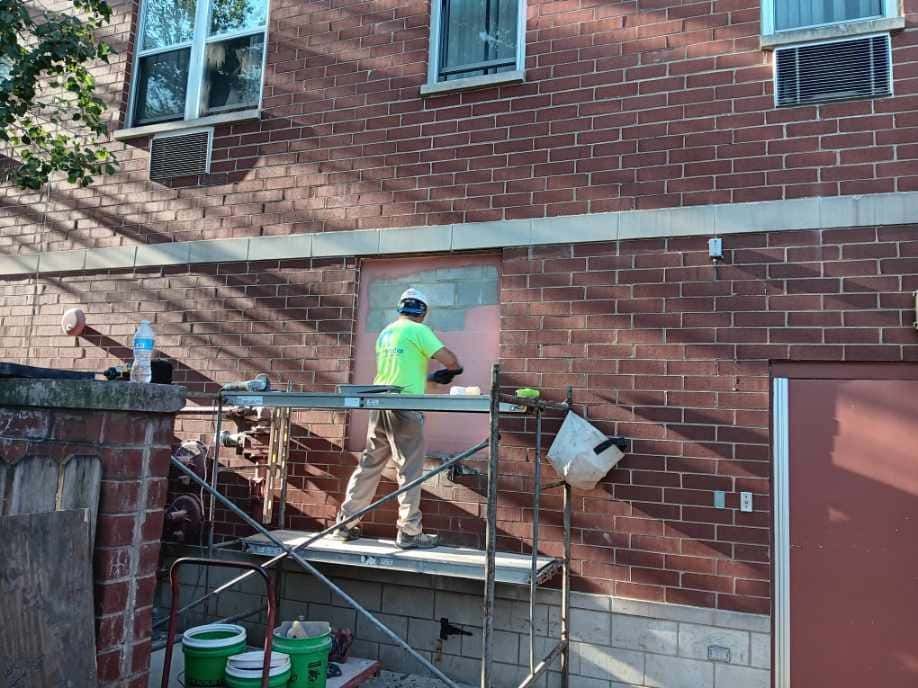
7. Work With a Contractor Who Knows Occupied Building Protocols
Not all contractors are equipped to work around tenants. Experience matters.
Ask questions like:
- Do they have a plan for tenant communication?
- Are they familiar with union labor and site access protocols in Chicago?
- Have they worked on buildings similar to yours, like occupied schools, hospitals, offices, or mixed-use properties?
RestoreWorks has delivered hundreds of projects across Illinois and the greater Midwest, including historic landmarks and modern commercial high-rises.
Final Thoughts
Restoration is a reality for any aging commercial structure. But with the right approach, it doesn’t have to derail your operations. Our team at RestoreWorks understands the logistics, stakeholder coordination, and sensitivity required to get the job done with minimal disruption.
Need Help Planning Your Next Restoration Project?
Let’s talk. RestoreWorks is a trusted commercial masonry restoration contractor in the Chicago area. From early-stage planning to addressing active issues like water infiltration or spalling concrete, we’re here to help. Contact us today to schedule a site visit or consultation.




